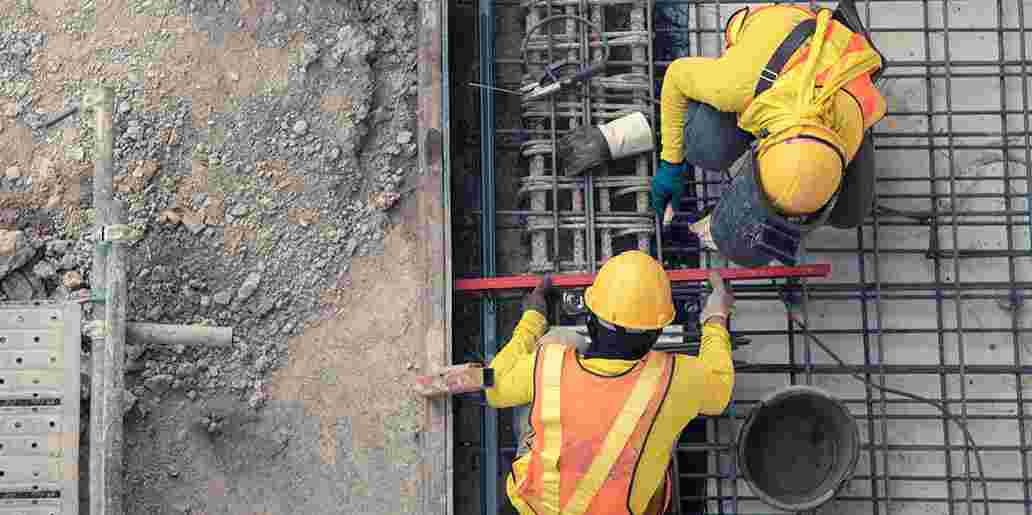The construction industry is one of the most essential sectors in any economy, responsible for shaping the infrastructure we rely on daily. From residential buildings and commercial developments to highways and bridges, construction plays a critical role in societal progress. However, this industry is also one of the most hazardous, with workers routinely exposed to a variety of risks. This makes health and safety not just a regulatory requirement but a moral obligation for companies and stakeholders.
The High-Risk Nature of Construction Work
Construction sites are inherently dangerous. Workers are often exposed to heavy machinery, elevated workspaces, falling objects, hazardous materials, and loud noise. According to the Health and Safety Executive (HSE) in the UK, the construction industry accounts for a significant portion of workplace injuries and fatalities each year. Slips, trips, and falls, electrocutions, and incidents involving machinery are among the most common causes of harm.
Given these risks, enforcing health and safety protocols is vital not only for legal compliance but also for the wellbeing of employees, site visitors, and the public.
Legal and Ethical Responsibilities
Employers in the construction industry have a legal duty to ensure that appropriate health and safety measures are in place. This includes conducting regular risk assessments, providing proper training and protective equipment, and maintaining machinery and site conditions. The Construction (Design and Management) Regulations 2015 (CDM 2015) govern construction health and safety in the UK, placing specific responsibilities on duty holders such as clients, designers, and contractors.
Beyond legislation, there is an ethical responsibility to protect workers. When employers prioritize safety, they demonstrate care and respect for their workforce. This not only reduces accidents but also improves morale and productivity, helping to attract and retain skilled professionals in a competitive industry.
The Role of Training and Awareness
One of the cornerstones of effective health and safety in construction is training. Workers must be educated about the potential hazards they face and how to mitigate them. This includes everything from safe handling of tools and materials to recognising the signs of fatigue or heat stress.
Regular toolbox talks, induction programs, and first aid training can empower workers to stay vigilant and respond appropriately in emergencies. Supervisors and managers should also receive advanced training to ensure they can enforce standards and set an example on-site.
Modern Technologies Improving Site Safety
Advancements in technology have significantly improved health and safety outcomes in construction. Wearable tech like smart helmets and vests can monitor worker vital signs and environmental conditions, alerting them to potential dangers. Drones are increasingly used for site inspections, reducing the need for workers to enter high-risk areas. Building Information Modelling (BIM) allows for better planning and risk identification before construction begins.
While these tools can be expensive to implement, their benefits in preventing injuries and saving lives far outweigh the costs.
Regional Best Practices: Hampshire, Sussex, and Hertfordshire
Local authorities and organisations across the UK have adopted innovative approaches to construction safety. For instance, Health and Safety Hampshire initiatives often include partnerships between local councils and construction firms to share best practices and conduct joint inspections.
Similarly, Health and Safety Sussex campaigns have focused on raising public awareness and promoting community involvement in site safety near residential developments. These efforts not only protect workers but also foster goodwill with local residents.
Meanwhile, Health and Safety Hertfordshire programmes have placed emphasis on mental health and wellbeing, recognising that construction work is physically demanding and emotionally taxing. Promoting mental resilience and access to counselling services is now a priority alongside traditional safety measures.
The Cost of Neglect
Neglecting health and safety in construction can have devastating consequences. Beyond the obvious human cost, accidents can lead to project delays, financial penalties, and reputational damage. Insurance premiums rise, legal fees accumulate, and trust is eroded among clients and stakeholders.
Even minor injuries can have long-term impacts on a worker’s ability to earn a living, and a single major incident can shut down operations indefinitely. By investing in proactive safety strategies, companies protect not just their employees but their business as a whole.
Building a Culture of Safety
A truly safe construction environment is one where safety is embedded into the culture of the organisation. This means leadership must actively champion safety initiatives and foster open communication. Workers should feel empowered to report unsafe conditions without fear of reprisal. Regular audits, feedback loops, and continuous improvement plans help sustain high standards.
Creating a culture of safety isn’t a one-time project — it’s an ongoing commitment. Every team member, from apprentices to site managers, has a role to play in making the construction industry safer for everyone.
Conclusion
Health and safety in the construction industry is not optional — it’s essential. With the physical risks so prevalent and the potential consequences so severe, there can be no compromise. Through proper training, use of modern technology, and a firm commitment from leadership, the industry can continue to grow while safeguarding its most valuable asset: its people.
As seen in regions like Hampshire, Sussex, and Hertfordshire, focused and community-driven efforts can lead to tangible improvements in safety performance. The future of construction must be one where safety is viewed not as an obstacle, but as a foundation for sustainable success.




